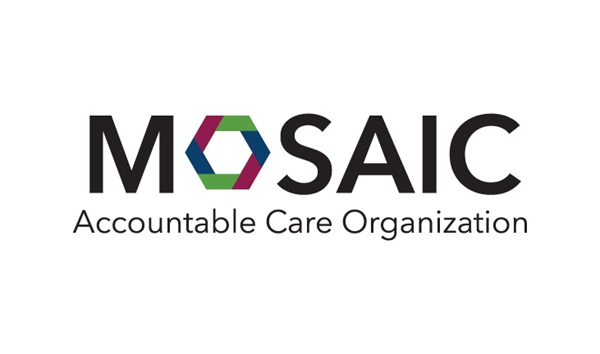Vitiligo Has Given Me a Purpose
FOR IMMEDIATE RELEASE
DETROIT – When the first sign of vitiligo appeared on her chin in 2013, then spread to the left side of her face, Kimberly Boyd had the same reaction as many patients. But it’s what happened next that may surprise you. Even inspire you.
After overcoming initial feelings of shame, anxiety and embarrassment, Boyd chose not to allow vitiligo to define her.
“Vitiligo has given me a purpose that I didn’t know was coming my way. I teach people about it whenever I can,” says Boyd, a resident of Livonia and a supervisor at Comerica Bank. “There’s still a need for awareness. The key to ignorance is awareness. The more tolerant people can become, the more comfortable people with vitiligo can become.”
Boyd has become a devoted advocate for raising awareness about vitiligo. She created a Vitiligo Sisters page on Facebook and regularly attends meetings of the Southeast Michigan Vitiligo Support Group. On Saturday, June 25, she will be in Washington, D.C., to celebrate and support World Vitiligo Day.
Vitiligo is a skin disease that causes the skin to lose its natural color and develop white patches that vary in size and location – face, hands, arms, feet and torso. It is more noticeable in people with darker skin. The late Michael Jackson was believed to have vitiligo. The American Academy of Dermatology says millions of people are living with vitiligo worldwide.
While vitiligo is non-contagious and treatable – topical medication, light therapy, depigmentation and skin grafting, among them – it’s emotionally stigmatizing for patients. People often stare and make impolite comments. Vitiligo has no cure.
Boyd experienced the stares, too, but saw it as an opportunity to educate. She created awareness cards with her story on one side and passed them out to people when she caught them gawking.
“I remember being at a retail store and someone looking at me, and I said, ‘I guess you’re wondering what’s on my face’? And she said yes, and I just gave her one of the cards. That got people talking,” Boyd says. “And then they would say, ‘Oh, I know someone in my family who has it’. It kind of opened up conversation.”
Boyd is a patient at Henry Ford Hospital, which is among only a handful of hospitals in the United States and internationally that treat vitiligo. Henry Ford was the first hospital in North America to perform a novel skin transplant surgery called melanocyte-keratinocyte transplantation or MKTP.
Performed under local anesthesia, the surgery involves harvesting melanocyte cells, which produce pigment in the skin, hair and eyes, from an area of healthy skin and transplanting them to the area that lost pigmentation. Pigmentation starts to return about two months after surgery and may take up to six months or longer. The procedure is not covered by insurance.
Iltefat Hamzavi, M.D., a dermatologist and director of investigator initiated research in Henry Ford’s Department of Dermatology, says today’s treatment options are effective and promising ones are in the pipeline.
“There are excellent treatments. And once you start treatment, if you maintain it, there’s a good chance you can maintain the color and regain much of the color you lost,” Dr. Hamzavi says. “However, more breakthroughs are needed to ensure all patients respond. At this point, only a subset respond well to treatment and the cost can be a factor.”
In the early months after her diagnosis, Boyd tried medication cream and wearing makeup. Neither proved successful and she’s OK with that.
“My mother always told me, it’s not what happens to you, it’s how you react,” Boyd says. “I could have chosen to be afraid, to hide, to put on make-up. But that wouldn’t be me. I was always taught to face my challenges. That’s what I do.”
MEDIA CONTACT:
David Olejarz
David.Olejarz@hfhs.org
(313) 874-4094
.svg?iar=0&hash=F6049510E33E4E6D8196C26CCC0A64A4)

/hfh-logo-main--white.svg?iar=0&hash=ED491CBFADFB7670FAE94559C98D7798)






